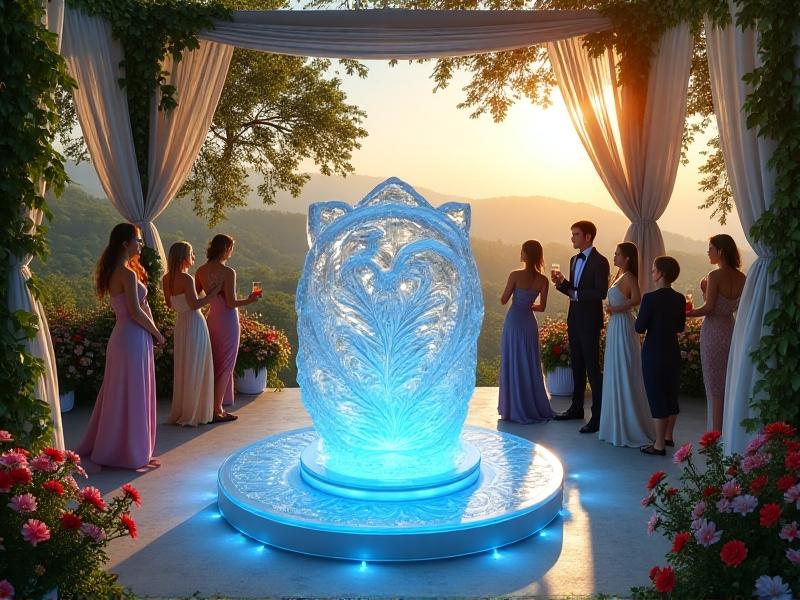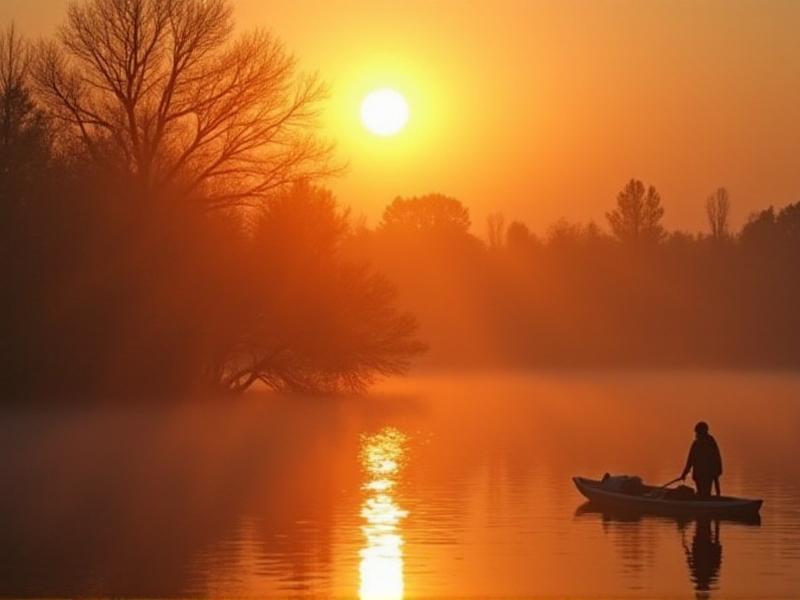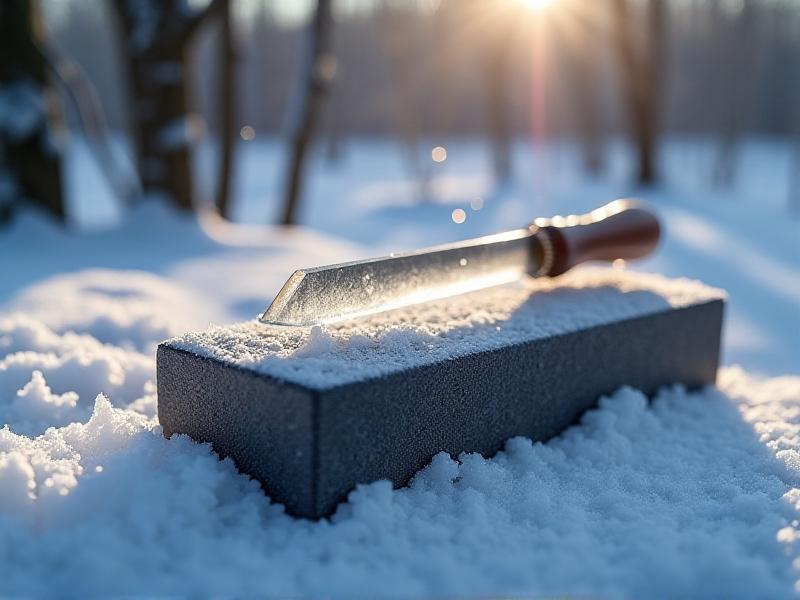Preventing Surface Fogging on Wedding Ice Carvings
Understanding the Science Behind Surface Fogging on Ice Carvings
Surface fogging on ice carvings is a common issue that can detract from the beauty and clarity of these intricate pieces, especially at weddings. This phenomenon occurs when warm, moist air comes into contact with the cold surface of the ice, causing condensation to form. The result is a foggy, opaque layer that obscures the carving’s details. Understanding the science behind this process is the first step in preventing it.
Ice carvings are typically kept at sub-zero temperatures to maintain their structural integrity. However, when exposed to warmer environments, such as a wedding venue, the temperature difference between the ice and the surrounding air creates the perfect conditions for fogging. The moisture in the air condenses on the ice’s surface, forming tiny water droplets that scatter light and create the foggy appearance.
To combat this, it’s essential to control the environmental factors that contribute to fogging. This includes managing the temperature and humidity levels in the venue, as well as taking steps to insulate the ice carving from direct exposure to warm air. By understanding the underlying causes of surface fogging, you can implement effective strategies to keep your wedding ice carvings crystal clear throughout the event.

Choosing the Right Location for Your Ice Carving
Selecting the perfect location for your ice carving is crucial in preventing surface fogging. The placement of the carving can significantly impact its exposure to warm air and humidity, both of which contribute to fogging. Ideally, the carving should be positioned in a cool, well-ventilated area away from direct heat sources such as heaters, ovens, or sunlight.
When scouting locations, consider areas with good air circulation, as stagnant air can trap moisture around the carving. Avoid placing the carving near doors or windows where drafts of warm air might enter. If the venue has air conditioning, ensure that the carving is not directly in the path of cold air blasts, as rapid temperature changes can also cause fogging.
Another factor to consider is the surface on which the carving will be placed. A non-porous, insulated base can help maintain the carving’s temperature and reduce the risk of fogging. Materials like acrylic or metal are excellent choices, as they provide a stable, cool surface that minimizes heat transfer from the surrounding environment.

Controlling Temperature and Humidity Levels
Temperature and humidity control are key factors in preventing surface fogging on ice carvings. Maintaining a consistent, cool temperature in the venue can help reduce the temperature difference between the ice and the surrounding air, minimizing condensation. If possible, set the venue’s thermostat to a lower temperature, especially in the area where the carving will be displayed.
Humidity levels also play a significant role in fogging. High humidity increases the amount of moisture in the air, which can condense on the ice’s surface. Using dehumidifiers in the venue can help reduce humidity levels and keep the air dry. Additionally, avoid placing the carving near sources of moisture, such as water features or open beverage stations.
For outdoor weddings, controlling temperature and humidity can be more challenging. In such cases, consider using portable air conditioning units or fans to keep the air around the carving cool and dry. Shade structures or tents can also help protect the carving from direct sunlight, which can rapidly increase its temperature and lead to fogging.

Using Anti-Fogging Solutions and Techniques
There are several anti-fogging solutions and techniques that can be applied to ice carvings to prevent surface fogging. One common method is to use a commercial anti-fog spray, which creates a thin, invisible layer on the ice’s surface that repels moisture. These sprays are easy to apply and can provide long-lasting protection against fogging.
Another technique is to use a food-grade glycerin solution, which can be applied to the carving’s surface with a soft cloth. Glycerin helps to reduce the surface tension of the ice, preventing water droplets from forming and scattering light. This method is particularly effective for intricate carvings, as it preserves the clarity of the details.
In addition to chemical solutions, physical barriers can also be used to prevent fogging. Placing a clear acrylic shield around the carving can help insulate it from warm air and moisture. The shield should be large enough to allow air circulation while protecting the carving from direct exposure to the environment. By combining these techniques, you can ensure that your wedding ice carvings remain clear and stunning throughout the event.
Maintaining the Ice Carving Throughout the Event
Even with preventive measures in place, it’s important to monitor and maintain the ice carving throughout the wedding event to ensure it remains fog-free. Assign a dedicated staff member or vendor to check on the carving periodically, especially if the venue’s temperature or humidity levels fluctuate.
If fogging does occur, quick action can help restore the carving’s clarity. Use a soft, dry cloth to gently wipe away any condensation that has formed on the surface. Avoid using water or other liquids, as they can cause additional fogging. For more severe fogging, reapply an anti-fogging solution or adjust the environmental controls to reduce moisture levels.
It’s also important to consider the duration of the event when planning for ice carvings. For longer events, such as weddings that span several hours, consider using multiple carvings that can be rotated in and out of the display area. This allows each carving to be kept in a cool, controlled environment until it’s time to be displayed, reducing the risk of fogging.
Working with Professional Ice Carving Vendors
Collaborating with professional ice carving vendors can make a significant difference in preventing surface fogging at your wedding. Experienced vendors have the knowledge and expertise to create carvings that are less prone to fogging, using techniques such as double-layering or incorporating anti-fogging agents into the ice itself.
When selecting a vendor, discuss your concerns about fogging and ask about the preventive measures they use. A reputable vendor will be able to provide recommendations on the best placement, maintenance, and environmental controls for your specific venue and event. They may also offer additional services, such as on-site maintenance or the use of specialized equipment to keep the carvings clear.
Working with a professional vendor not only ensures that your ice carvings remain fog-free but also allows you to focus on other aspects of your wedding planning. With their expertise, you can rest assured that your ice carvings will be a stunning and memorable addition to your special day.








